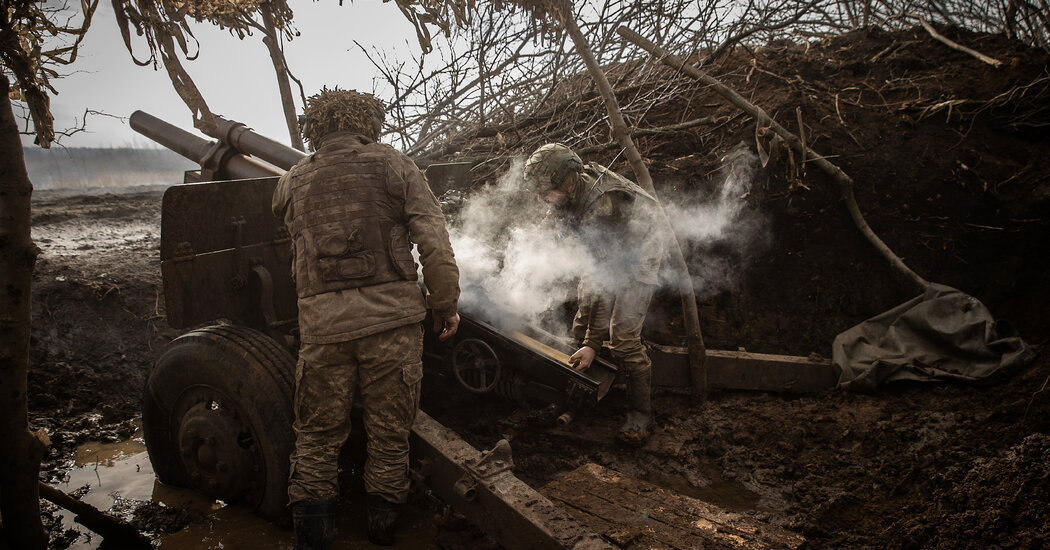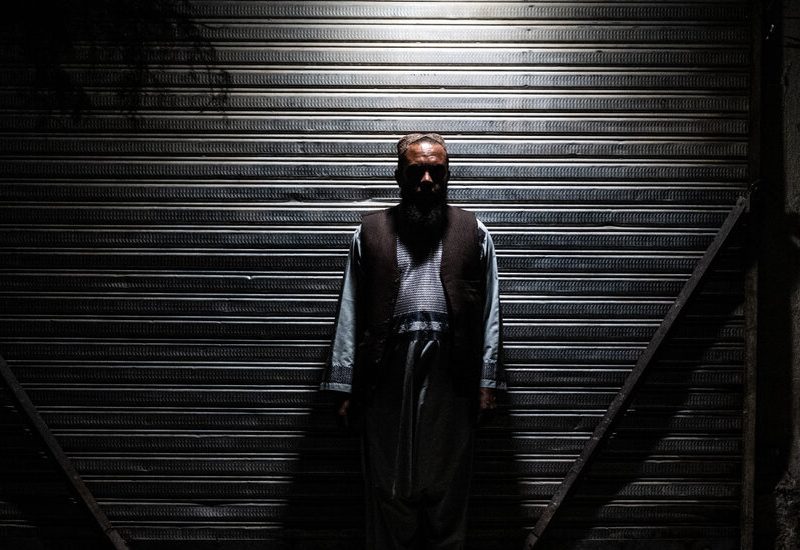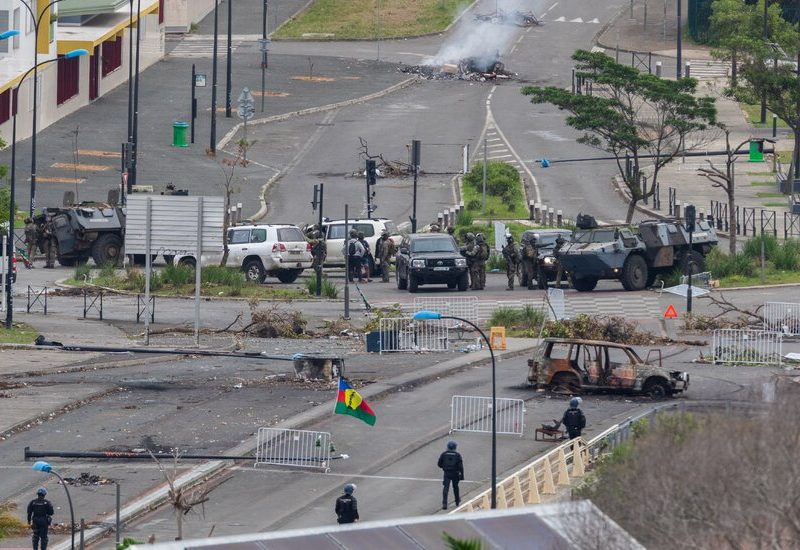With the Russian military’s capture of the eastern Ukrainian city of Avdiivka on Saturday, the front line has shifted substantially, setting the stage for the war’s next grueling chapter as Ukrainian forces retrench and Russian troops reform for future assaults.
Ukraine’s defeat in the embattled city, under attack since 2014, when Russian-backed separatists fought government forces for control of the country’s east, comes at an especially perilous time. As Russia’s full-scale invasion enters its third year, Ukrainian forces are low on ammunition and facing an increasing shortage of troops.
In the retreat from Avdiivka, these problems are exacerbated by the flat and unforgiving terrain outside the city. Without dominant hills, larger rivers or extensive fortifications of the kind it built around Avdiivka over the better part of a decade, Ukraine will probably have to cede more ground to hold back Russian units.
“They don’t have a well-established secondary line to pull back to,” said Michael Kofman, a Russia expert at the Carnegie Endowment for International Peace in Washington, said in a telephone interview. “Much depends on whether Russian forces can keep pushing or if they run out of momentum.”
Even now, Russian troops, despite taking heavy casualties during their assault on Avdiivka, are applying pressure on various parts of the more than 600-mile front line, hoping that Ukraine cannot defend everywhere at once.
Where Russia will try to surge forward next is not yet known. The northeastern city of Kupiansk, the eastern town of Chasiv Yar and the southern village of Robotyne are all under threat, even with the smoke still settling around the ruins of Avdiivka.
In recent months, deep anti-tank trenches have appeared around eastern Ukrainian cities and towns near Avdiivka, such as Pokrovsk, roughly 30 miles to the west. But closer to the fighting, especially near Avdiivka, it’s unclear if Ukrainian brigades have the resources to withstand another offensive like the one that enveloped the city, or if Russian troops will be able to keep attacking after months of sustained combat.
Ukraine’s defense minister, Rustem Umerov, said plainly in a Facebook post on Saturday that some of the lessons learned from the fall of the city included the need for “building and strengthening” fortifications.
The Russian Army’s tactic of using its sheer size to overwhelm the smaller Ukrainian military enabled its most decisive battlefield victories after its defeats around Kyiv, Kharkiv and Kherson in 2022.
But, nearly two years later, military aid to Ukraine from Western allies, especially the United States, has slowed to a trickle because of political infighting in Washington, leaving ample room for Russia to gain fire superiority. Ukraine has tried to bridge that gap with self-exploding drones but is far from reaching any kind of parity with Russian forces, Ukrainian troops have said.
U.S. officials said that it was not too late to shore up Ukrainian forces if more aid could be funneled through quickly. An infusion of artillery and other munitions could prevent the strained Russian forces from quickly making another push.
But in the absence of additional support, the officials added, Russia will eventually build on its military victory in Avdiivka and continue to push back Ukrainian units and seize more of Ukraine’s east, one of the Kremlin’s key war aims.
Avdiivka, with a prewar population of around 30,000 people, was practically a fortress when Russian troops began their large assault last fall. The Kremlin’s military formations suffered thousands of casualties, and a significant loss of tanks and other armored vehicles, as Ukrainian troops held on.
But still, Russia’s forces continued to press, with its infantry attacking in smaller groups. That change of tactics, coupled with an increasing number of drones, a much higher volume of artillery and a flood of airstrikes, pushed Ukraine’s beleaguered forces to the breaking point.
“One of the key events from 2023 was that Russia was able to recruit a large number of volunteers,” said Rob Lee, a senior fellow with the Foreign Policy Research Institute, which is based in Philadelphia. “The flip side is that this is happening right as Ukraine is facing mobilization problems.”
Ukrainian leaders responded to the gathering pressure by rushing in a medley of special units and the Third Separate Assault Brigade, an experienced infantry unit with a far-right heritage, to plug the gap and eventually help the retreat. A soldier with the brigade said they had been taken off the front line around the eastern city of Bakhmut in recent months and had only a short time to recuperate before being sent to Avdiivka as firefighters.
The exhausting of one of Ukraine’s best units during a time of crisis, military analysts said, points to a growing problem in Ukrainian ranks: There are simply not enough troops to go around on the front.
“Ukraine sent in their best units because the force in Avdiivka was being steadily depleted and needed to withdraw,” Mr. Kofman said. “Besides a lack of ammunition, Ukraine has serious manpower issues, particularly when it comes to infantry.”
Though Ukrainian officials keep casualty numbers a secret, a recent push by military officials to mobilize up to 500,000 more troops highlights the toll of a war that looks far from ending. Morale, too, is dwindling, Ukrainian soldiers have said in recent weeks, compounded by shortages of troops and ammunition, mounting casualties and shorter times off the front.
But exactly how and where that may show on the battlefield is anyone’s guess.
Julian E. Barnes contributed reporting from Washington.



